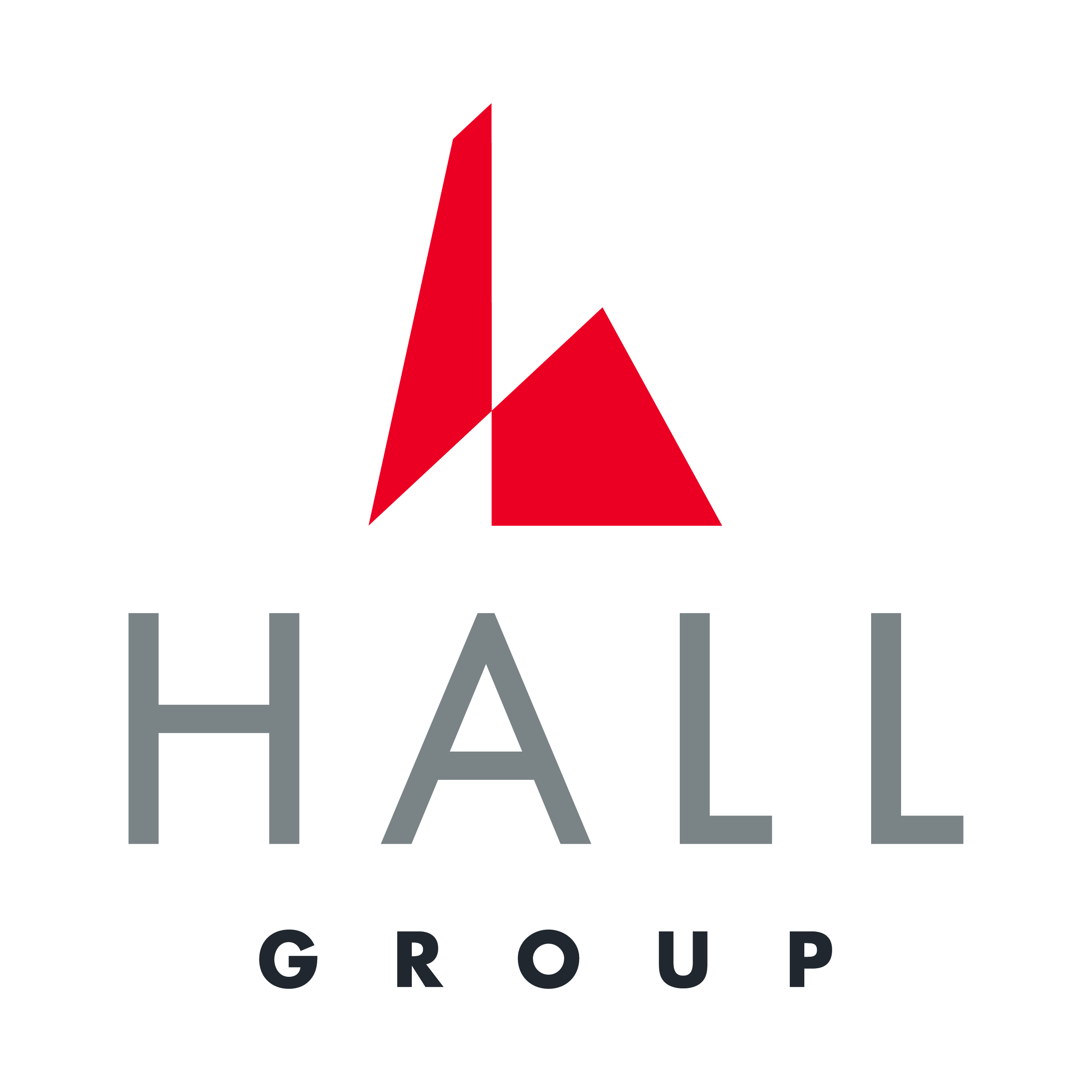As Spreads Compress And Costs Rise, Hotel Lenders Opt For More Flexibility

Fueled by strong U.S. economic growth, a weakening dollar drawing in foreign tourists and increased debt fund liquidity, the hotel financing landscape has seen positive activity in 2018. Revenue per available room continues to grow an estimated 1.7% to 3.7%, according to JLL, and more developers are bullish on hotel construction, causing major borrowers from banks to private lenders to see an increase in competition.
As construction costs continue to rise, and as borrowers look for the best financing deals, credit spreads have compressed from 50 basis points to 200 bps in Q1, JLL reports. Beyond compressing spreads, lenders have had to look at higher loan-to-cost ratios and nonrecourse loans.
“It’s not just the compression of the spreads,” HALL Structured Finance President Mike Jaynes said. “There are so many factors involved in what’s going on now with pricing. Looking at it from a developer standpoint, it seems like everything is going up in the way of cost.”
HALL Structured Finance was the third-largest hotel construction lender in 2017. The private lender offers nonrecourse loans at higher LTC ratios than institutional lenders previously capped at 70%. While HALL has historically offered loans at rates that took the 30-day London Interbank Offered Rate plus 8.5% to 9%, the lender has compressed spreads to the 30-day Libor plus 7% to 8.75%. To offer more of a one-stop-shop borrowing experience, HALL has also crept up its LTC cap, moving from 70% to 75%.
While the lender has adjusted to meet the competitiveness of the market, the viability of the deal in terms of long-term planning still plays a role in the deals being made. Steel and aluminum tariffs, for instance, have cast doubt over price forecasting six months down the line. A hotel construction borrower that fails to account for these changes will not work in the eyes of a lender. While certain debt funds can offer rates at the 30-day Libor plus 4%, those deals are typically based on existing relationships and often take place in primary markets. HALL continues to focus on primary as well as secondary markets, where supply has yet to meet demand.
“If you take the ever-increasing cost as days go by to build a project, it gets to a position where I don’t think we and others are necessarily losing deals to another lender that is more competitive on the financing side,” Jaynes said. “Many of these deals are just getting shelved because they don’t work.”
Increased private lending activity for hotel construction comes as institutions and banks remain conservative in financing. Debt funds, in particular, have become major sources of hospitality financing, with spreads compressing by 75 bps to 100 bps in 2017, according to JLL. HALL has seen its loan sizing increase to fill the gap left behind by institutional lenders, Jaynes said. Its minimum sizing used to be from $7M to $30M. Now, HALL looks at deals in the $15M to $70M range.
In May, the U.S. House of Representatives voted to reform part of the post-recession Dodd-Frank Act, restricting the number of riskier investments institutional lenders can make. The bill raises the threshold at which banks face tighter regulations to $250B in assets, up from $50B. The reform increases lending flexibility for small to midsize banks.
“For hospitality, there will be some additional competition on the debt side as it relates to that, but we focus on a different type of customer,” Jaynes said.
What has changed in the hospitality financing landscape is the influx of foreign capital. Korean investors have taken interest in mezzanine financing of certain projects, originating five- and 10-year loans, according to JLL. Time will tell if foreign capital sources will fuel further competition in the hotel financing landscape.
This feature was produced in collaboration between Bisnow Branded Content and HALL Structured Finance. Bisnow news staff was not involved in the production of this content.

